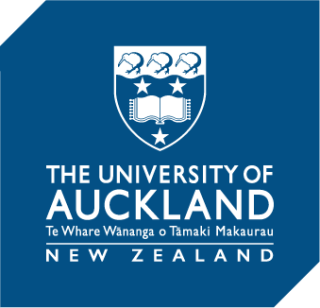The Challenge
As one of the top 100 universities worldwide, the University of Auckland is the largest and highest ranked university in New Zealand. In 2014, after conducting a comprehensive review of their learning and teaching technologies, the University determined that CECIL, their homegrown LMS for more than 15 years, should be replaced.
“It was ahead of its time and did us proud for many years,” said University of Auckland Director of Learning and Teaching Dr. Kevin Morris. “However, we ultimately faced huge shifts in technology in terms of what’s available and providing flexibility for the future.”
Morris and other senior leaders at the University identified the need for an LMS that could easily adapt to and integrate with the growing number of external content, tools and services used by faculty in their courses. Additionally, they needed a platform students could access from any device, including smartphones.
Quick Facts
Canvas gained strong support among students and staff during testing.
The University will use the LMS to deliver 3,000+ courses to 42,000+ domestic and international students each year.
Initial integrations include Google Drive, Piazza, Talis, and Turnitin.
Key Findings
By implementing canvas institution-wide, the University of Auckland has made it possible for more than 5,000 staff to seamlessly integrate external teaching tools and for students around the world to easily access learning resources from any web-enabled device.
The shift to Canvas is an important part of our plan to enhance student success and the learning experience by providing our staff and students with a flexible, modern tool.
Dr. Kevin Morris
Director of Learning and Teaching, the University of Auckland
The Decision
As part of the University’s LMS evaluation process, staff and students were given an opportunity to test four prospective systems and to provide feedback as part of a survey. In the end, Canvas emerged as the future successor to CECIL.
“One of the areas where we felt Canvas had the edge was its architecture and flexibility for the future,” said Morris. He explained that the open Canvas architecture, which makes it easy to integrate external tools, would support innovative teaching practices by allowing instructors to bring the digital teaching tools they prefer directly into Canvas. Additionally, this flexibility would enable University IT staff to develop customised teaching and learning solutions designed specifically for the institution.
The University also saw the potential in Canvas Data, a feature of the LMS that aggregates daily usage data, to better understand how students engage with course materials as a way to improve learning support and to provide more personalised learning experiences.
Morris said, “We plan to use Canvas Data to see trends and patterns which will inform our learning design and delivery. This is very exciting as we are now asking ourselves what questions are important and what data is critical.”
The Results
After selecting Canvas, the University wasted no time making the switch, opting for a rapid migration that resulted in an institution-wide rollout by March 2016.
“We have 42,000 students across the University, all using Canvas,” said Morris. “Now that everyone is using the system, it’s easier to see the possibilities and how it supports teaching practice.”
Students are responding favourably to the change, according to Morris, and their feedback is proving critical in understanding how they want courses to be represented and organised in Canvas.
Having already integrated an initial group of apps into Canvas, including Google Drive, Piazza, Talis, Turnitin and many more, Morris and his team are now looking towards the future — just as his colleagues did nearly two decades ago when they developed CECIL.
“We built an LTI tool to process final grades from Canvas to PeopleSoft, our SIS,” he said. “We have other ideas and are in the process of investing in additional functions and tools to enhance the Canvas environment.”
Download Case Study
